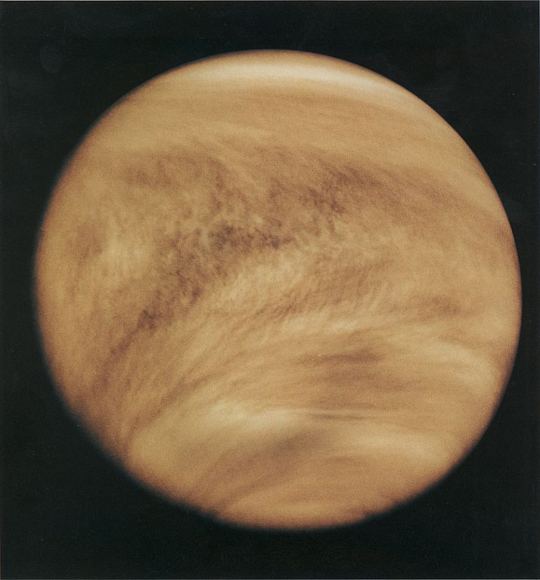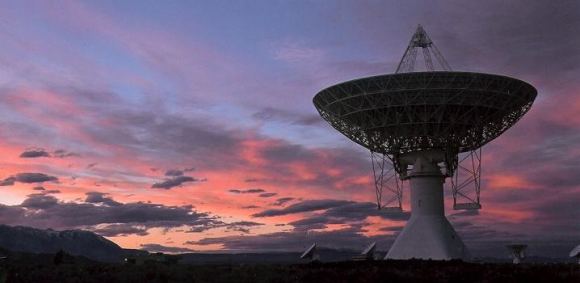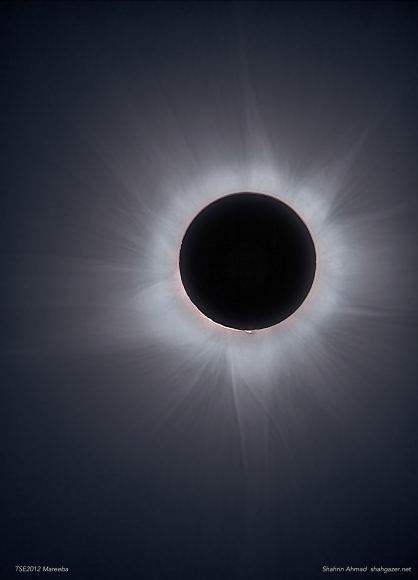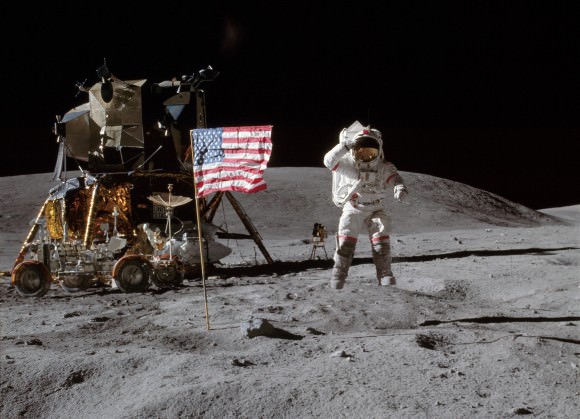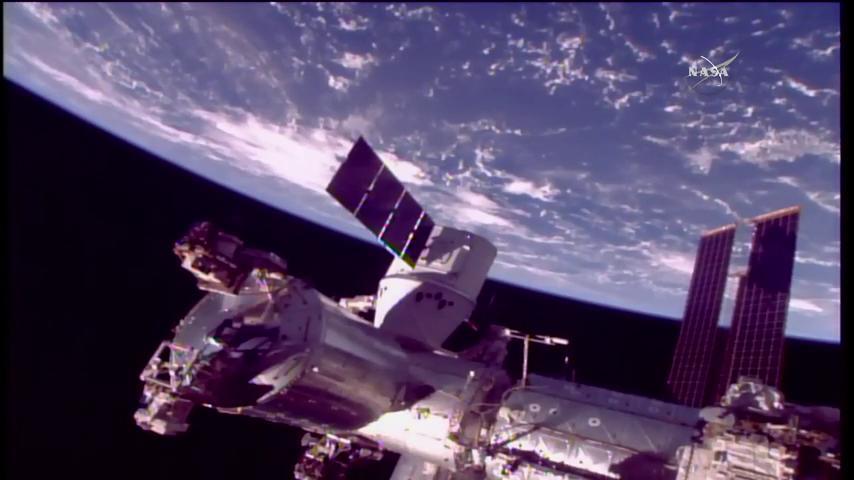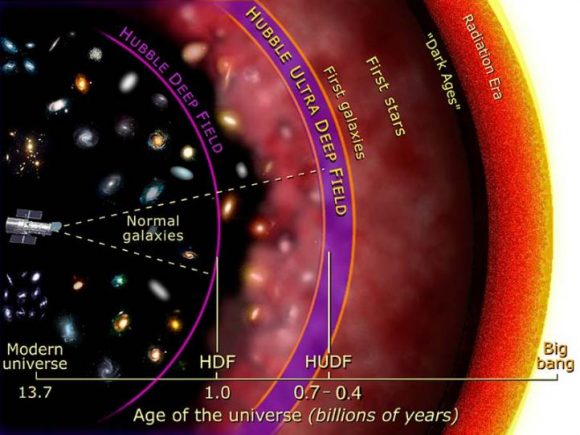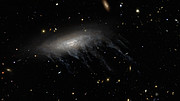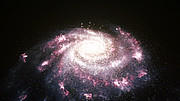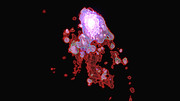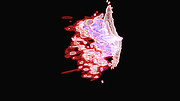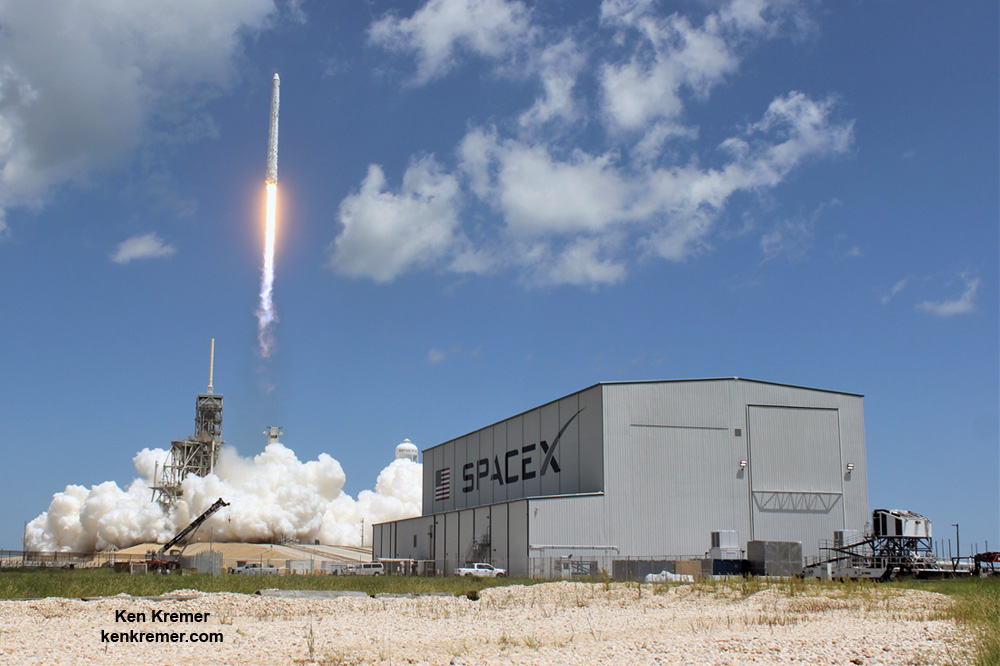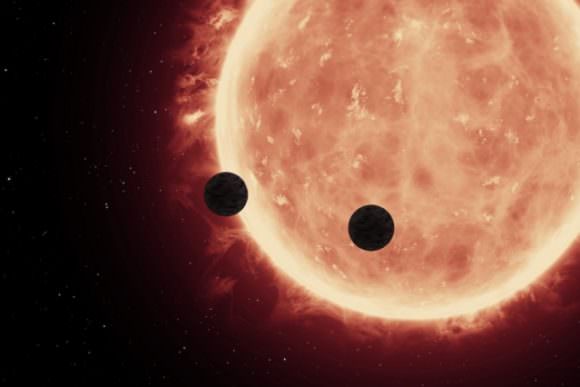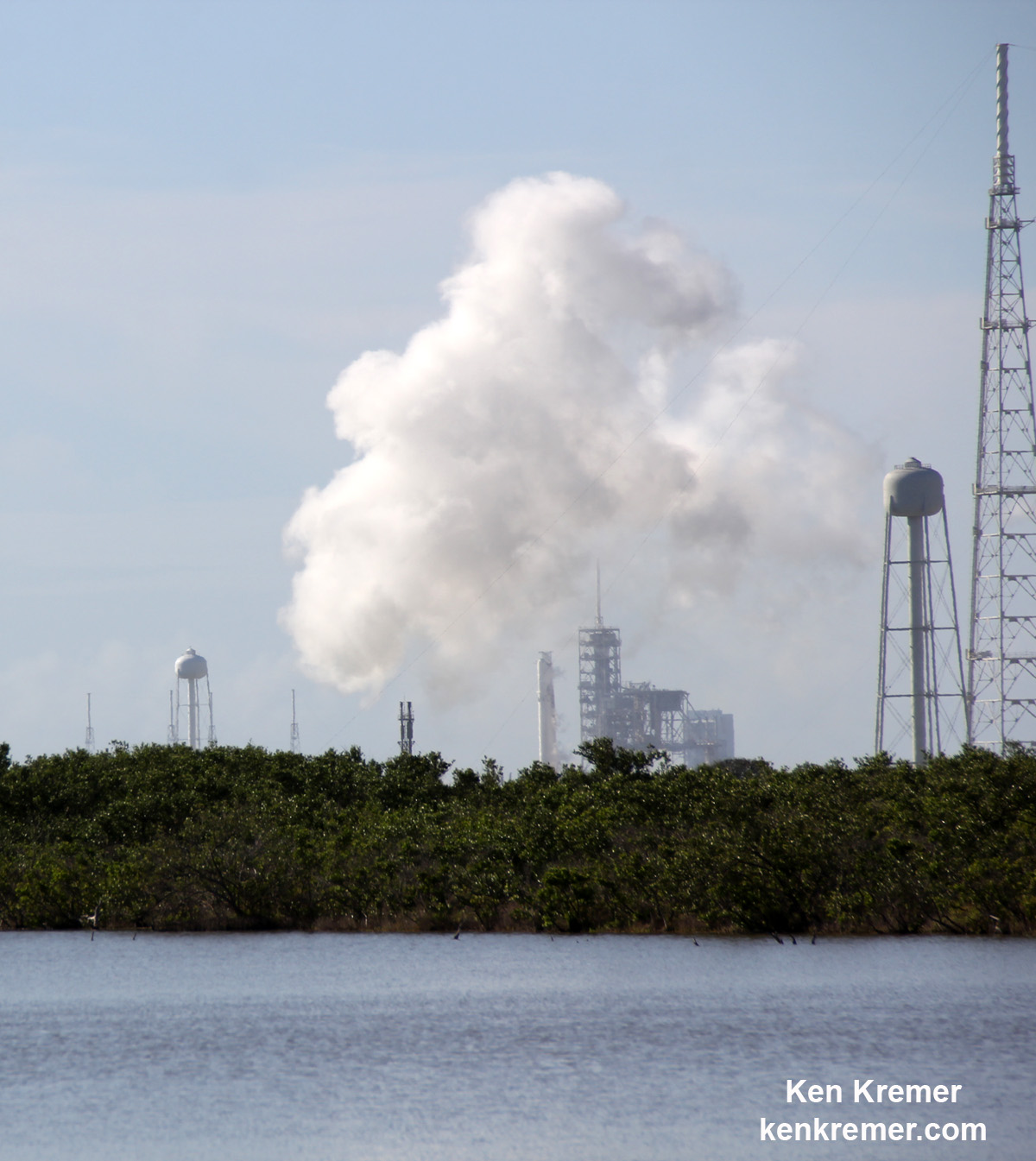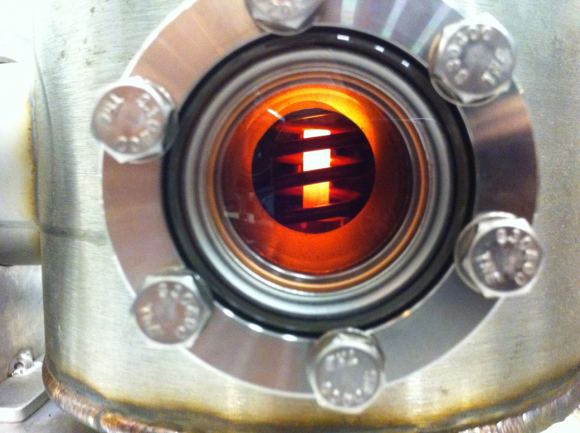NASA Plans to Send CubeSat To Venus to Unlock Atmospheric Mystery
NASA Plans to Send CubeSat To Venus to Unlock Atmospheric Mystery From space, Venus looks like a big, opaque ball. Thanks to its extremely dense atmosphere, which is primarily composed of carbon dioxide and nitrogen, it is impossible to view the surface using conventional methods. As a result, little was learned about its surface until the 20th century, thanks to development of radar, spectroscopic and ultraviolet survey techniques. Interestingly enough, when viewed in the ultraviolet band, Venus looks like a striped ball, with dark and light areas mingling next to one another. For decades, scientists have theorized that this is due to the presence ofRead More →
